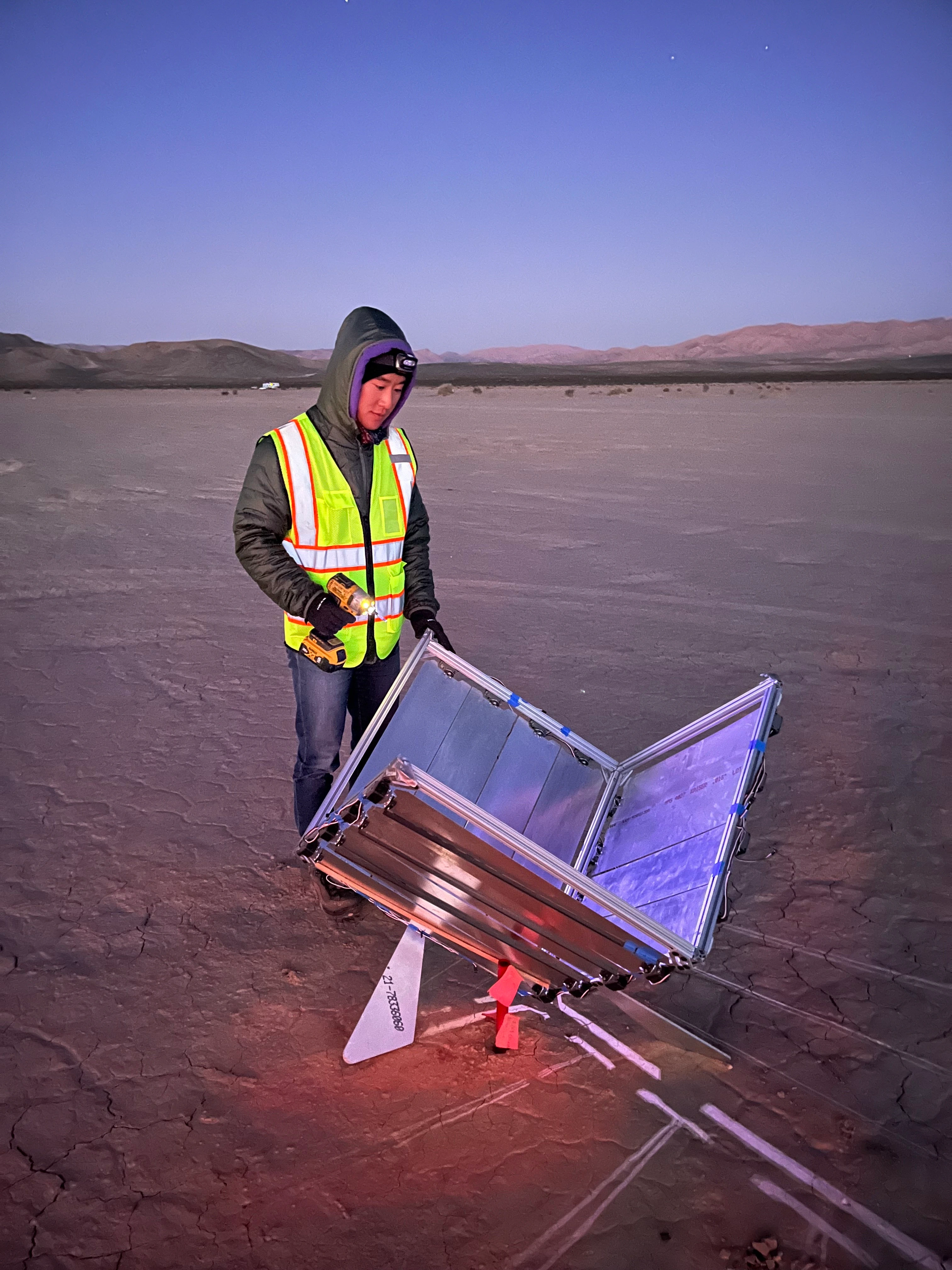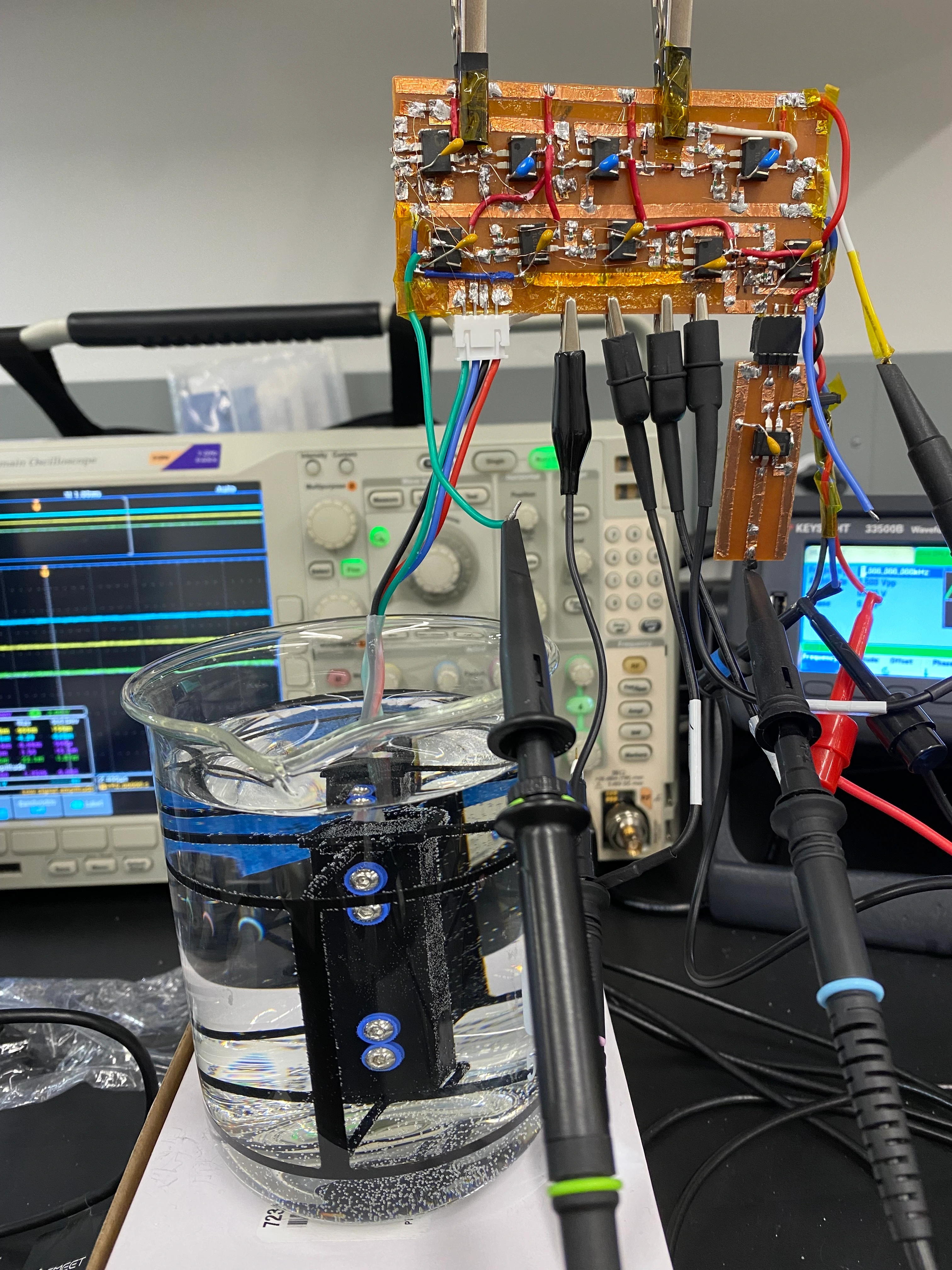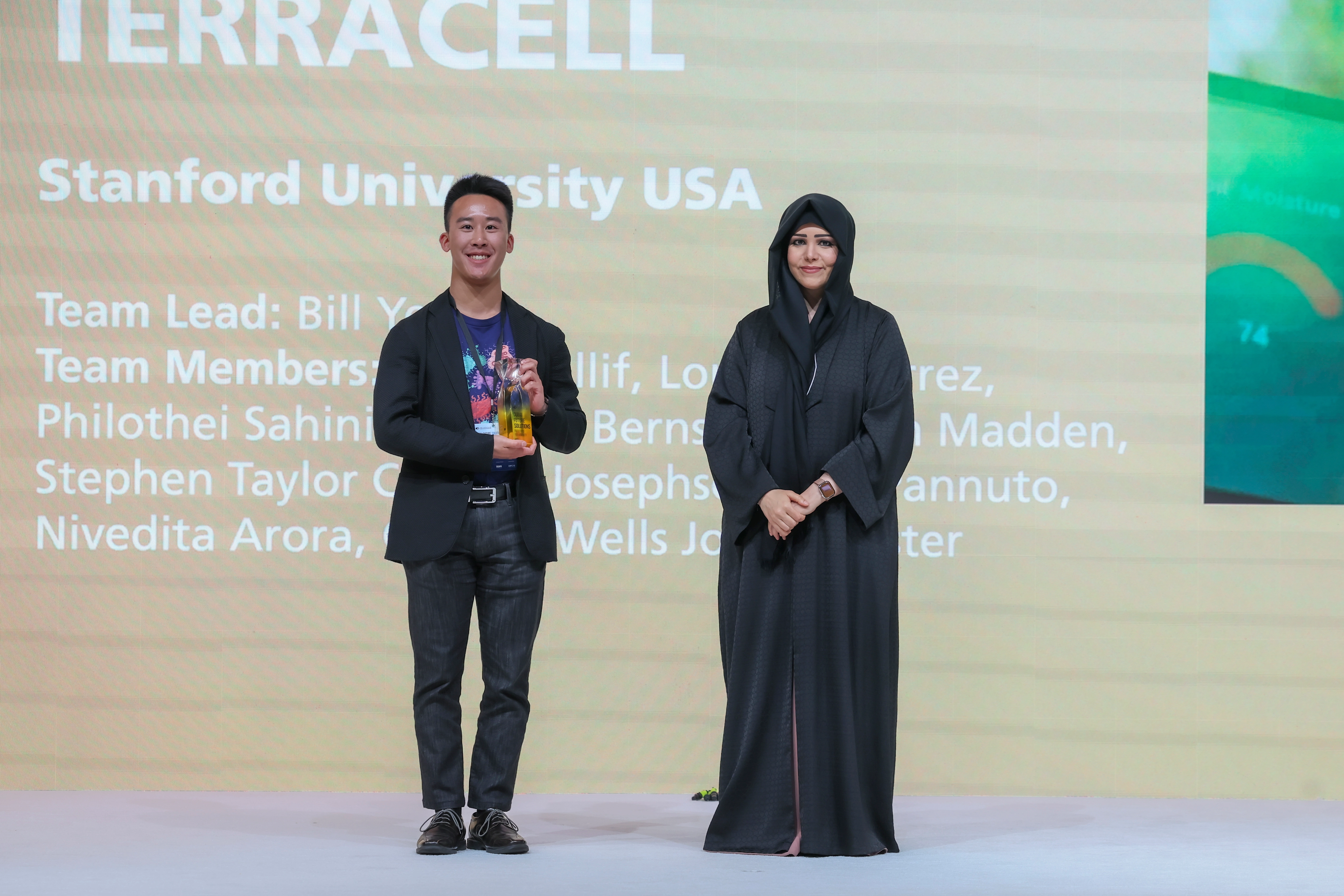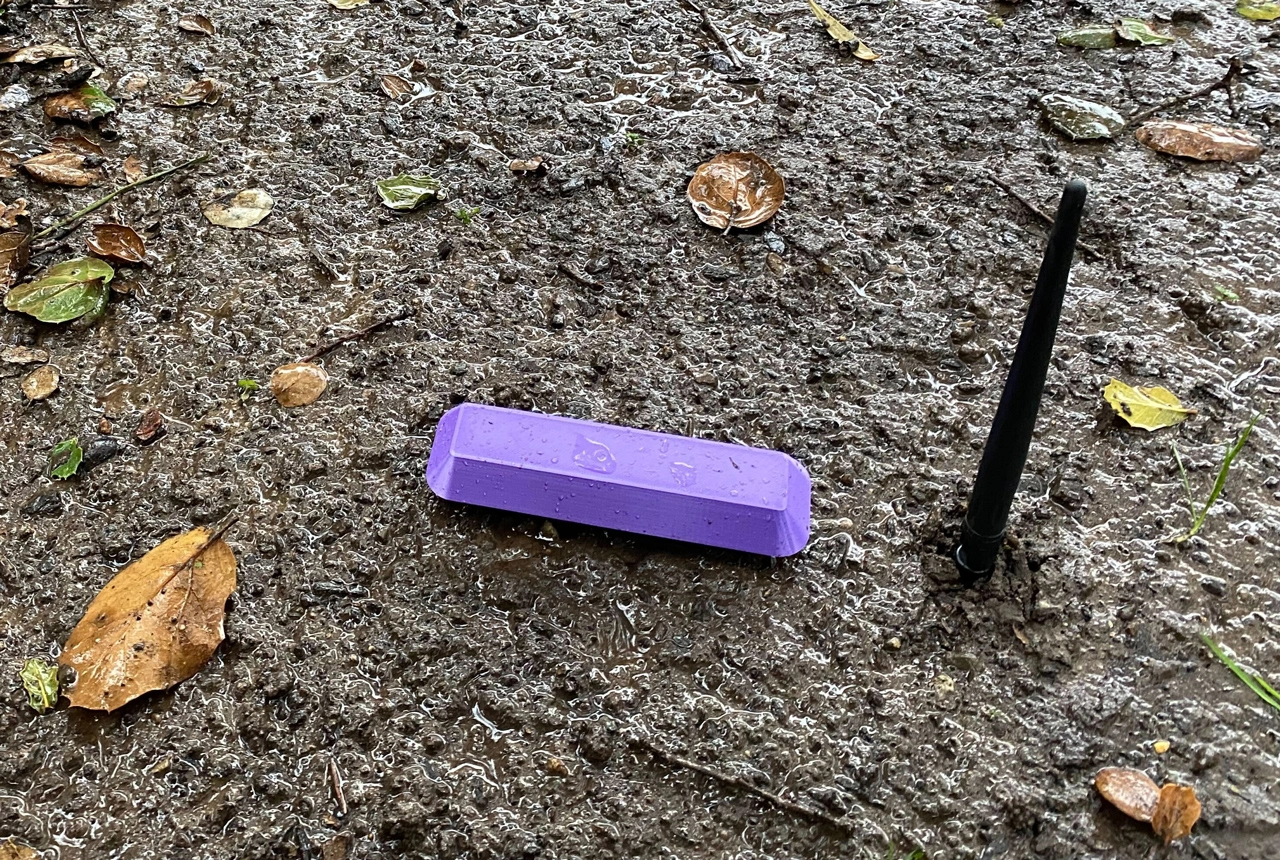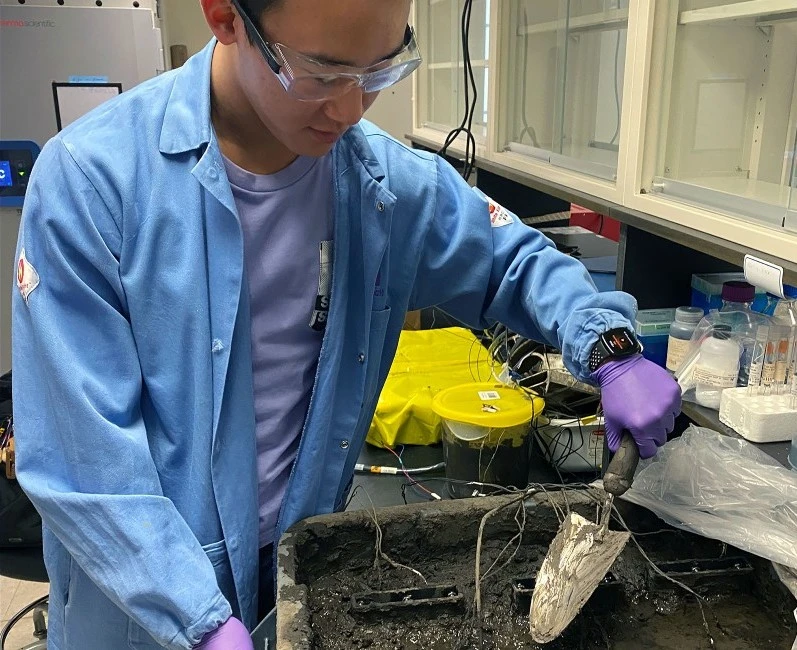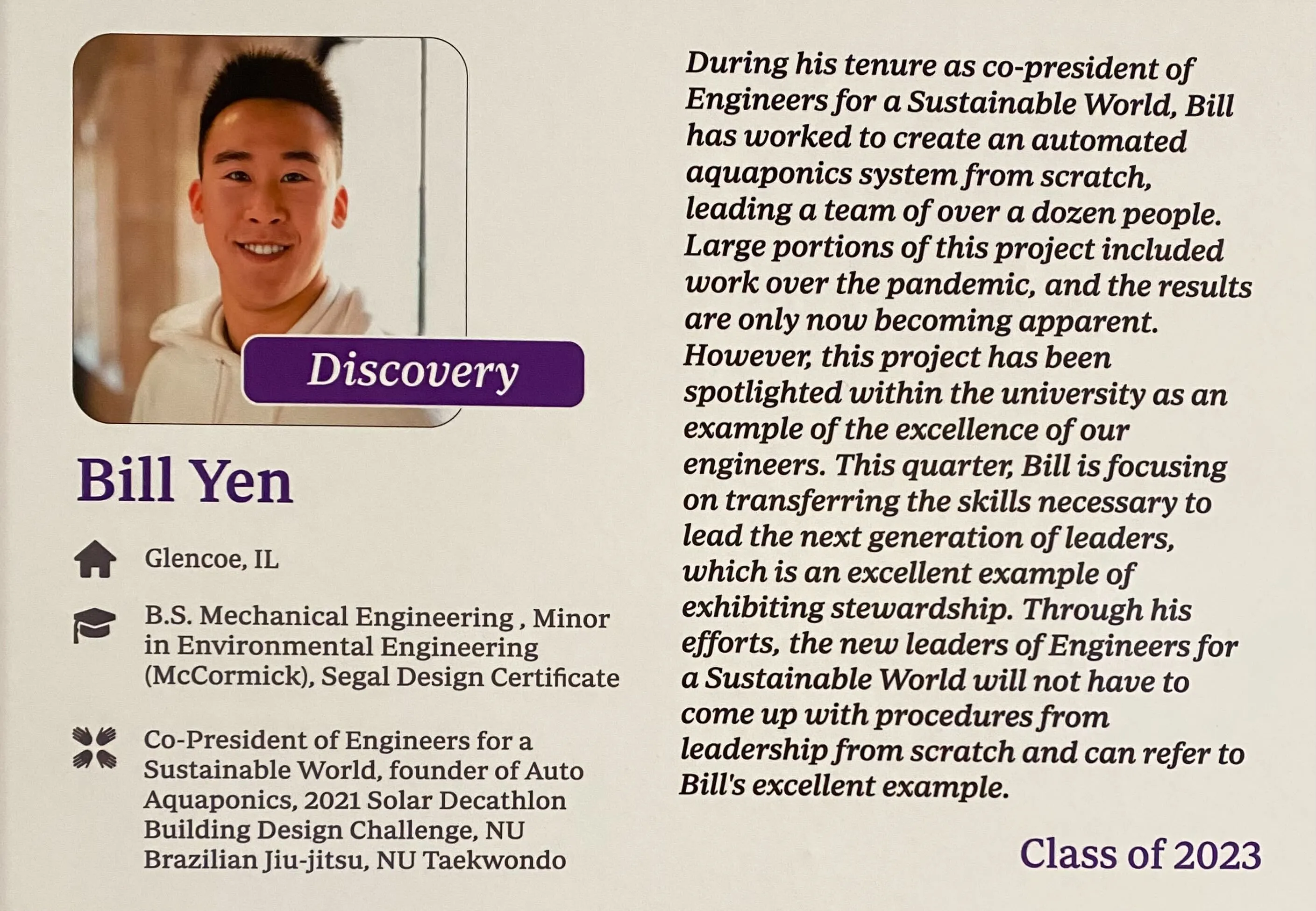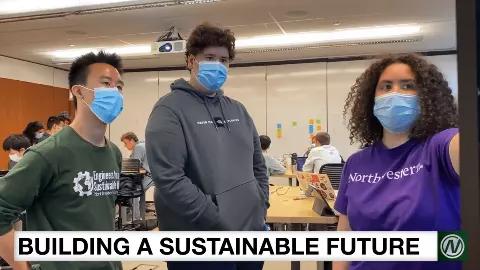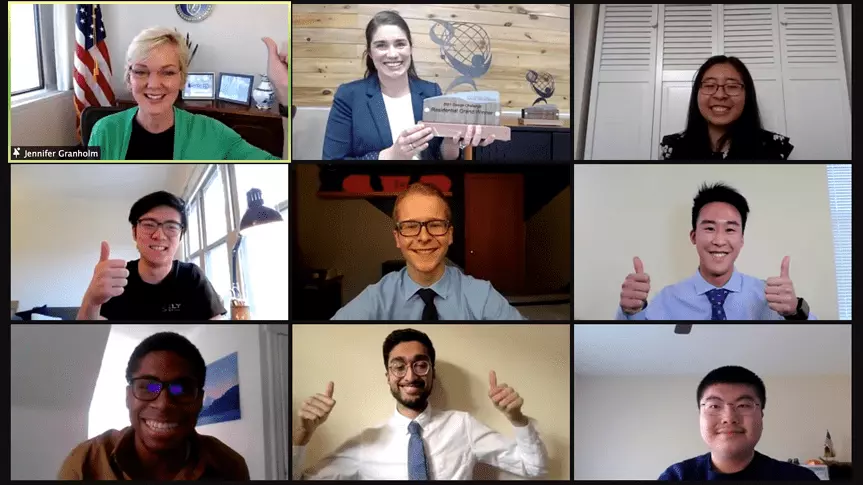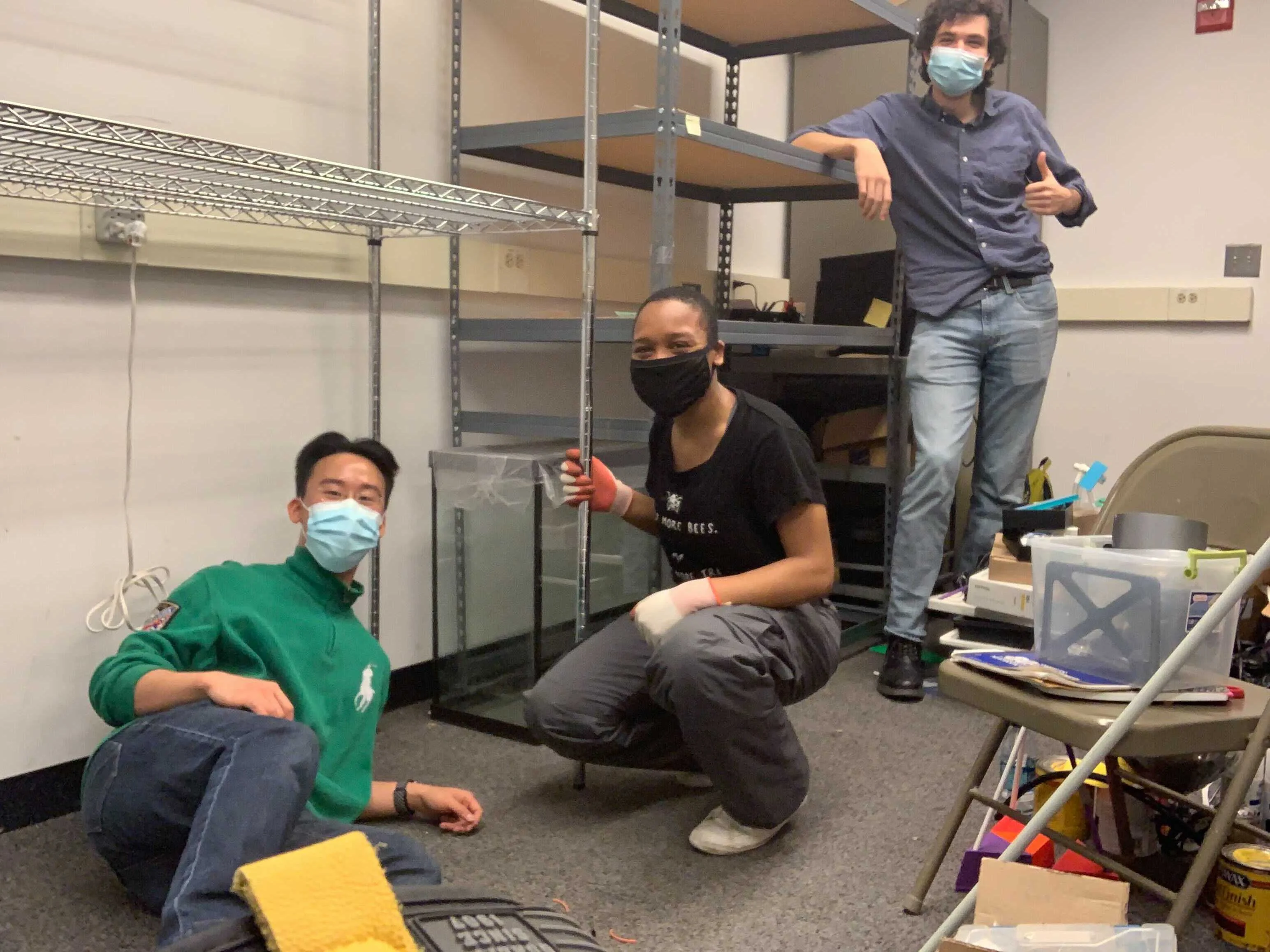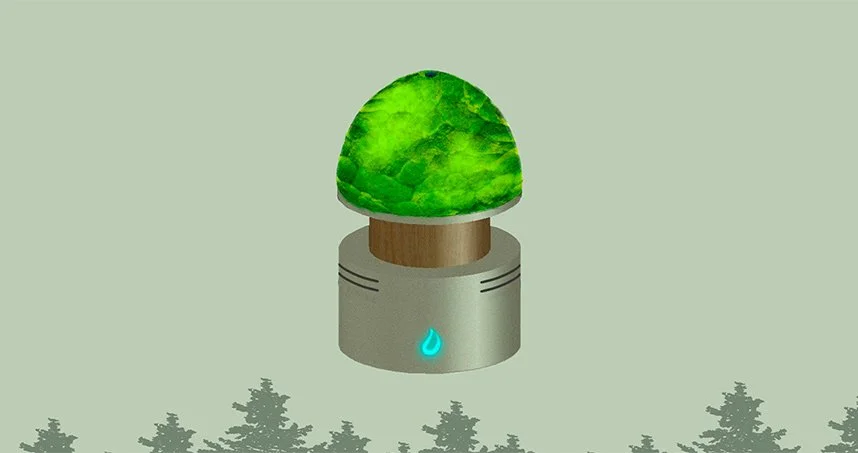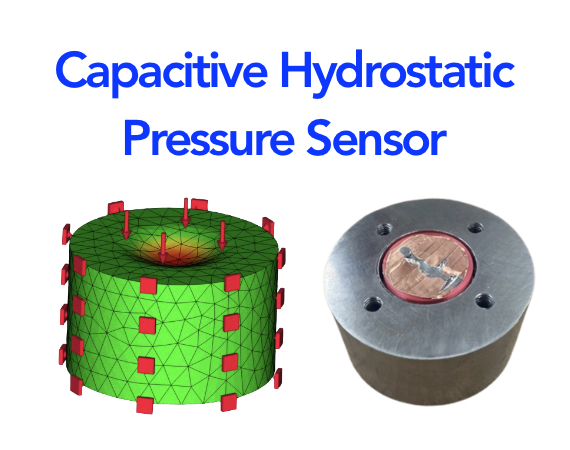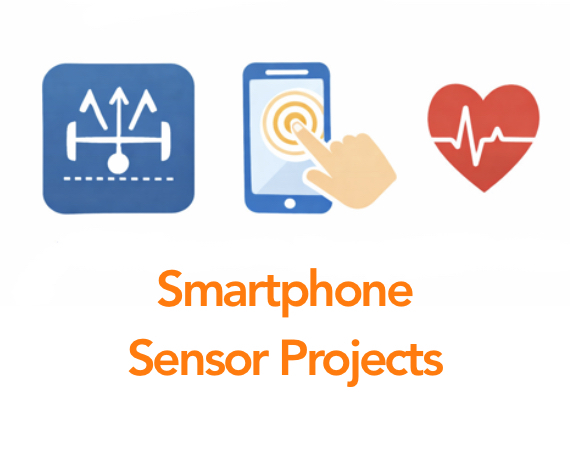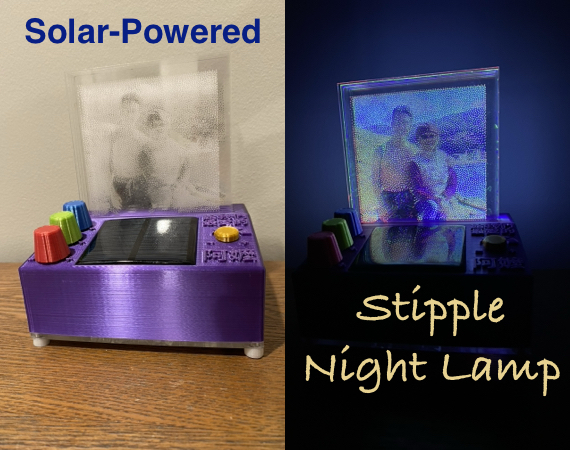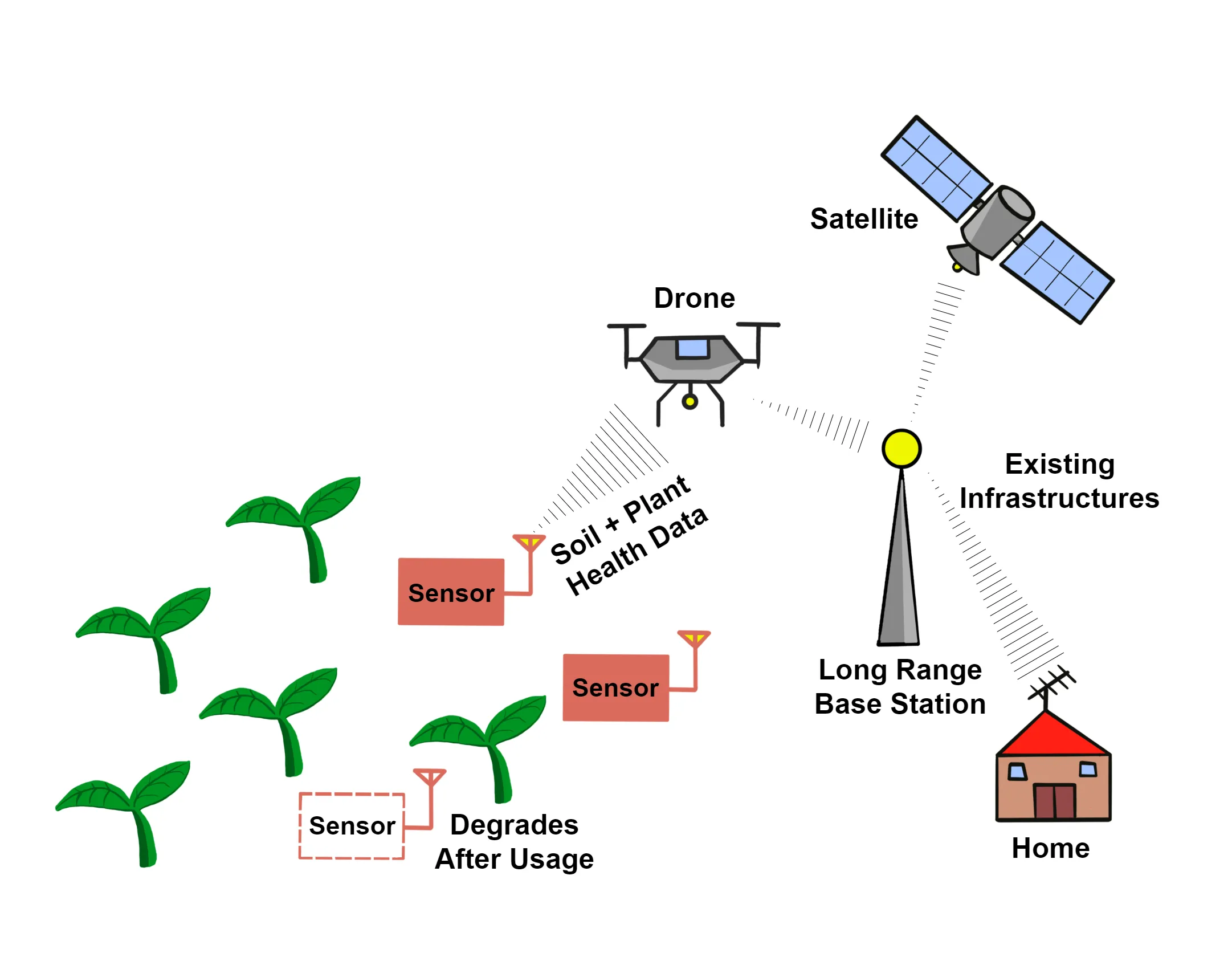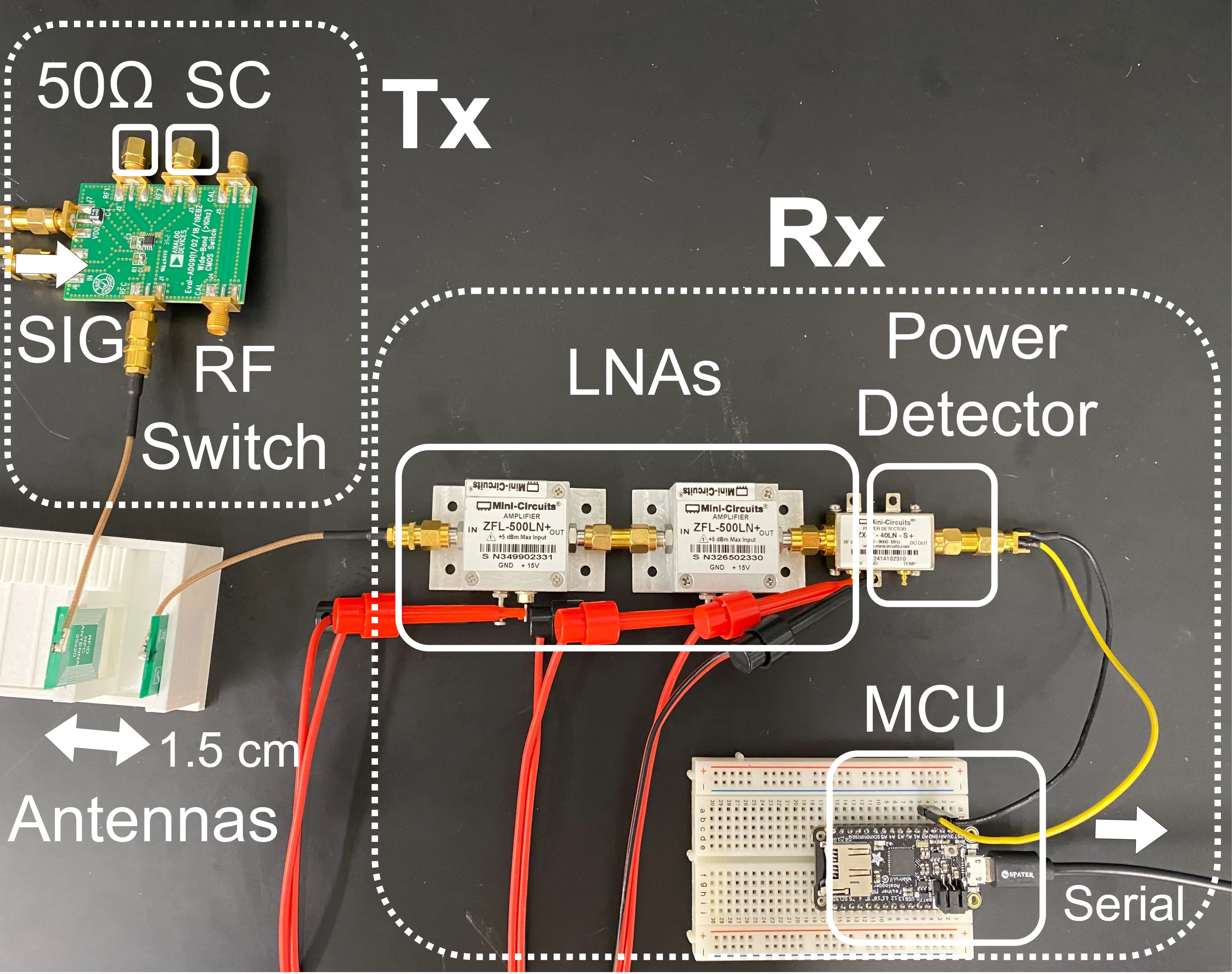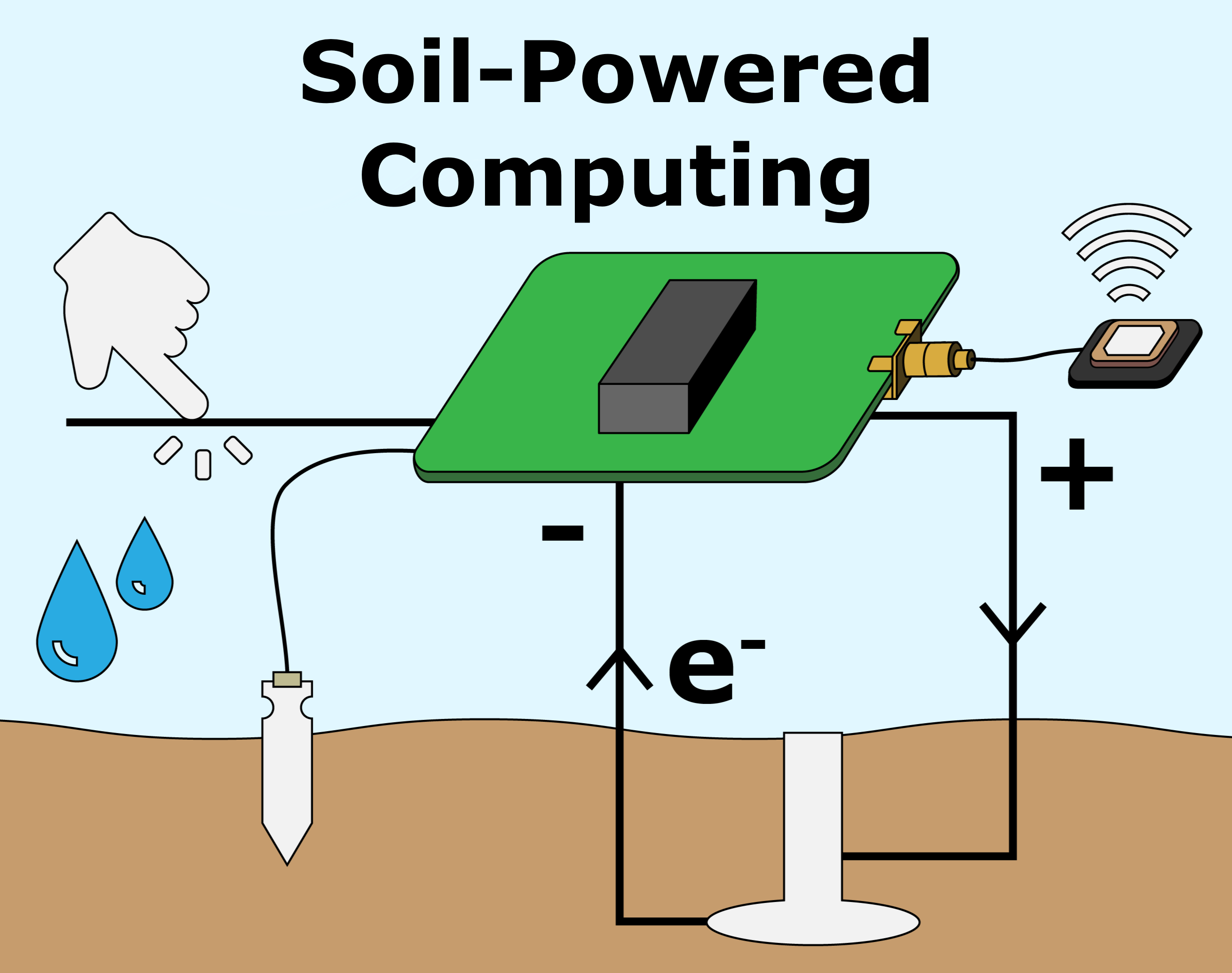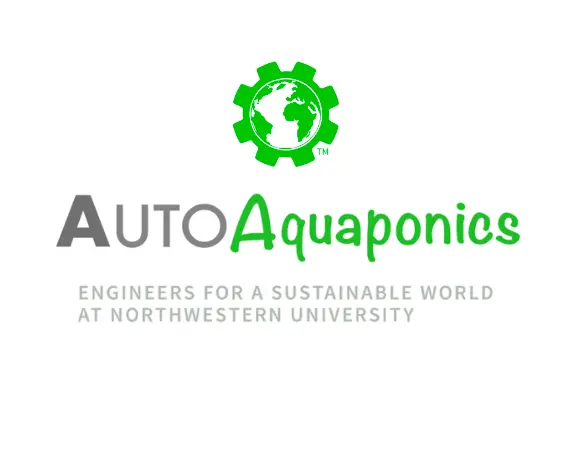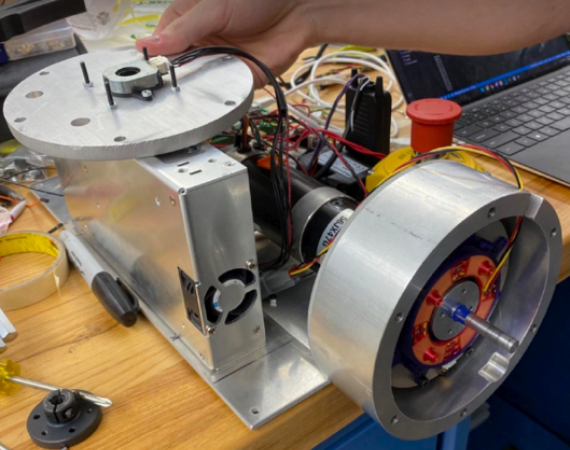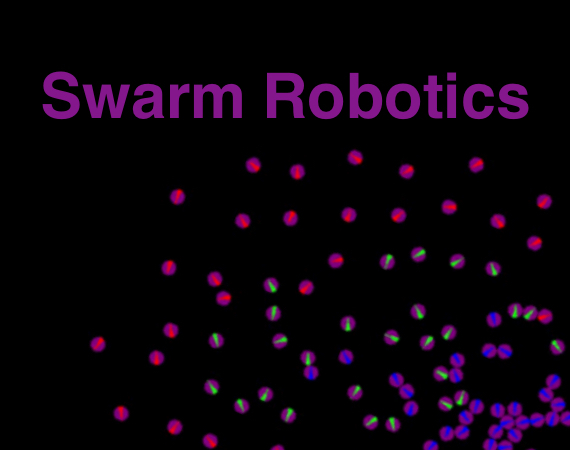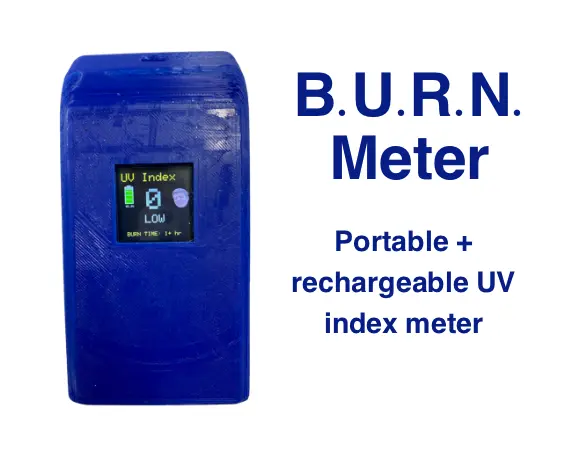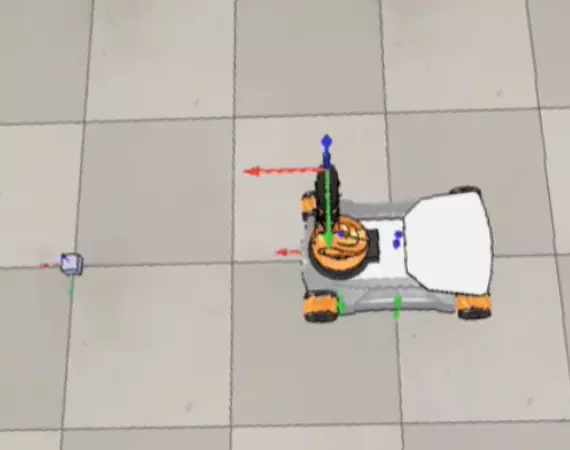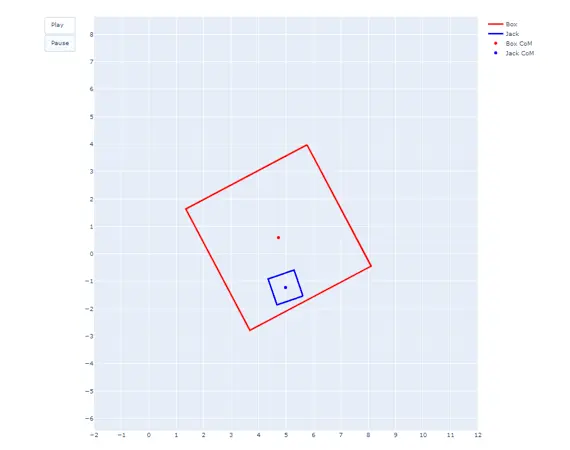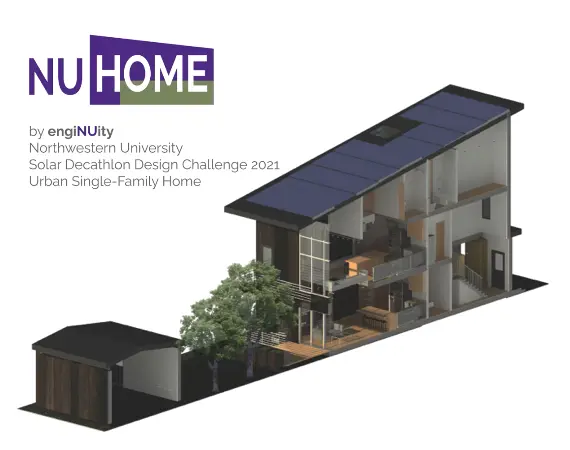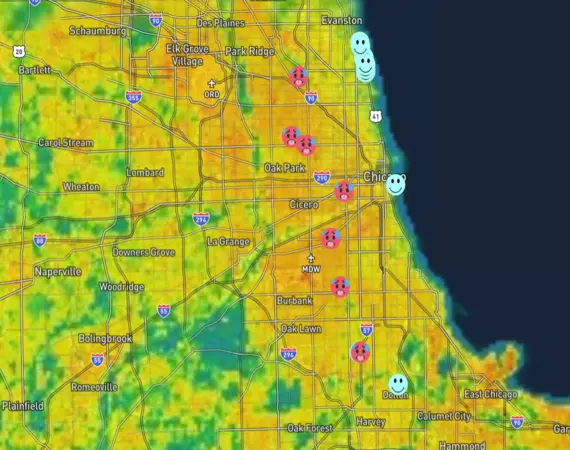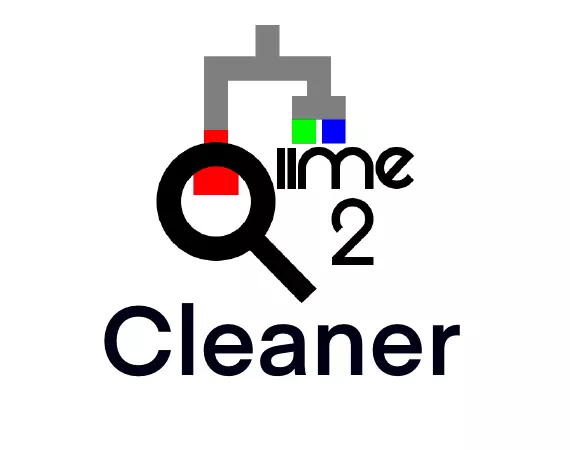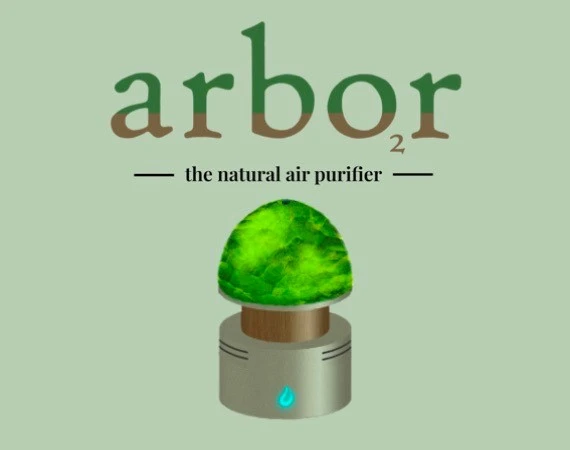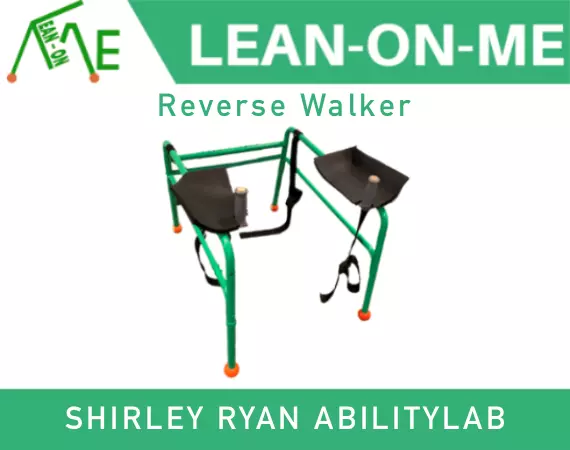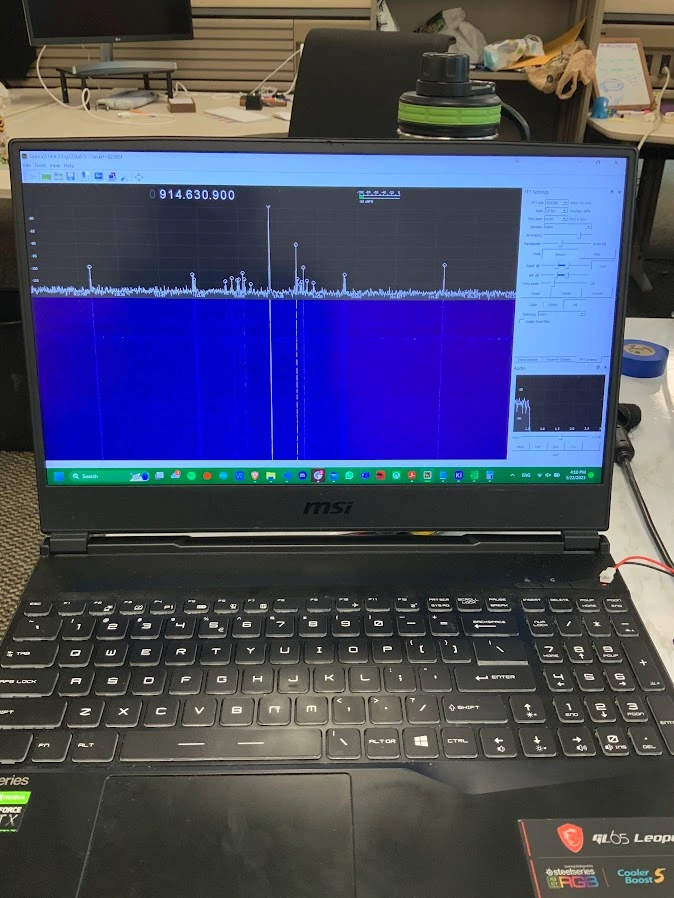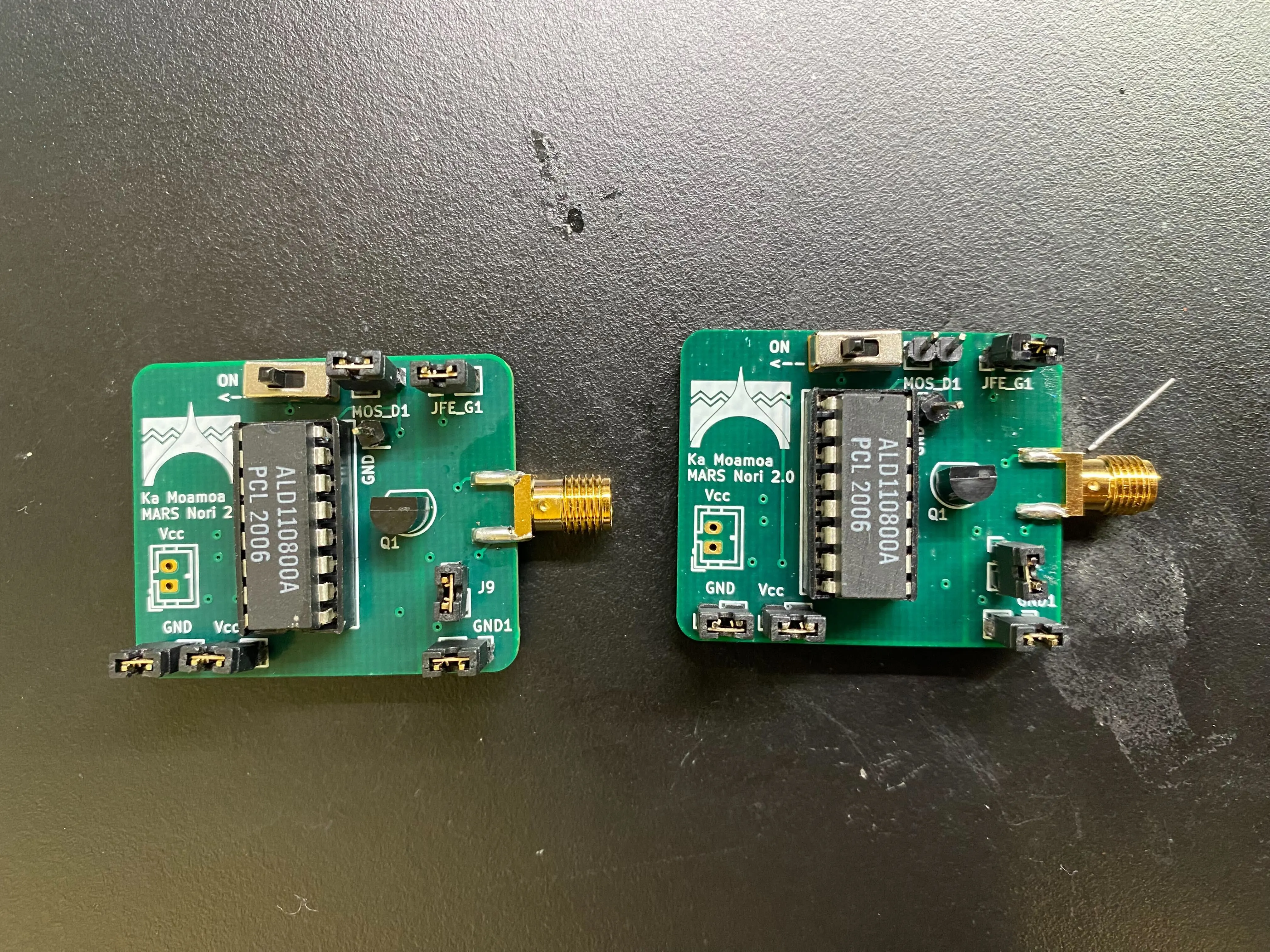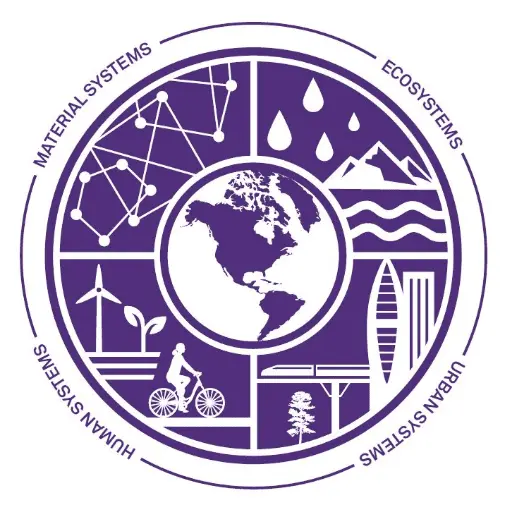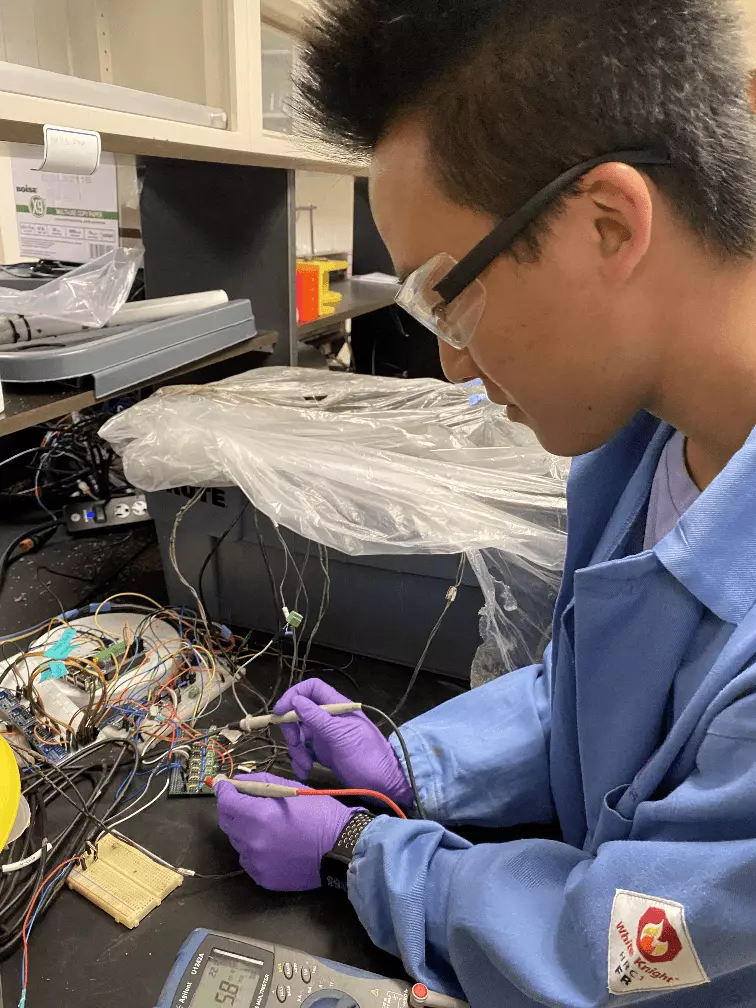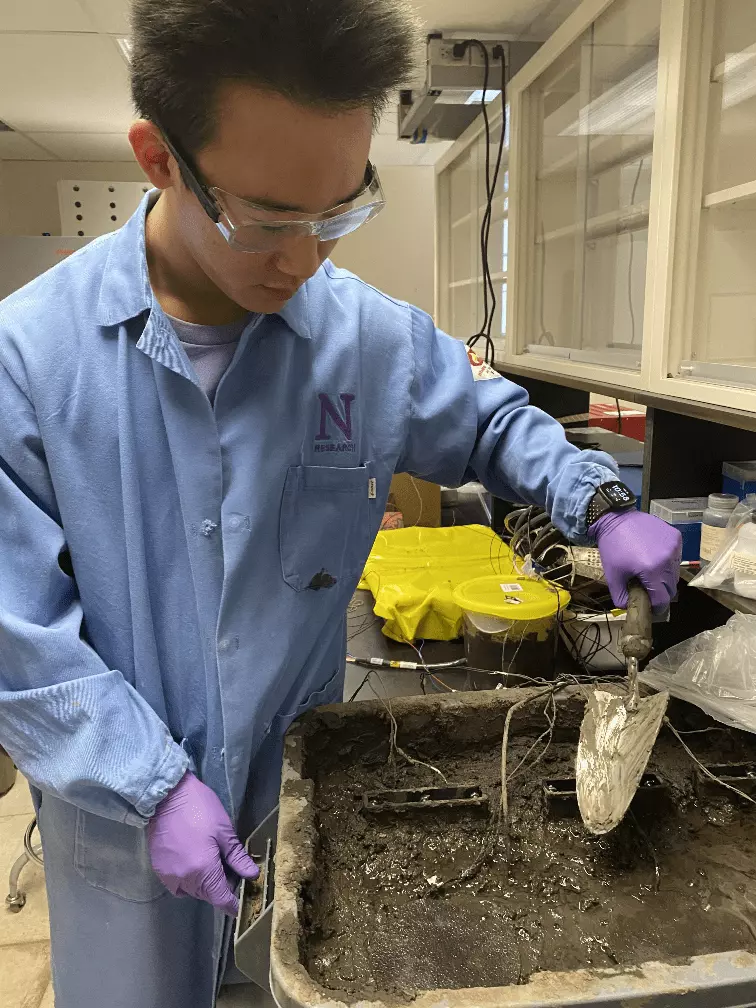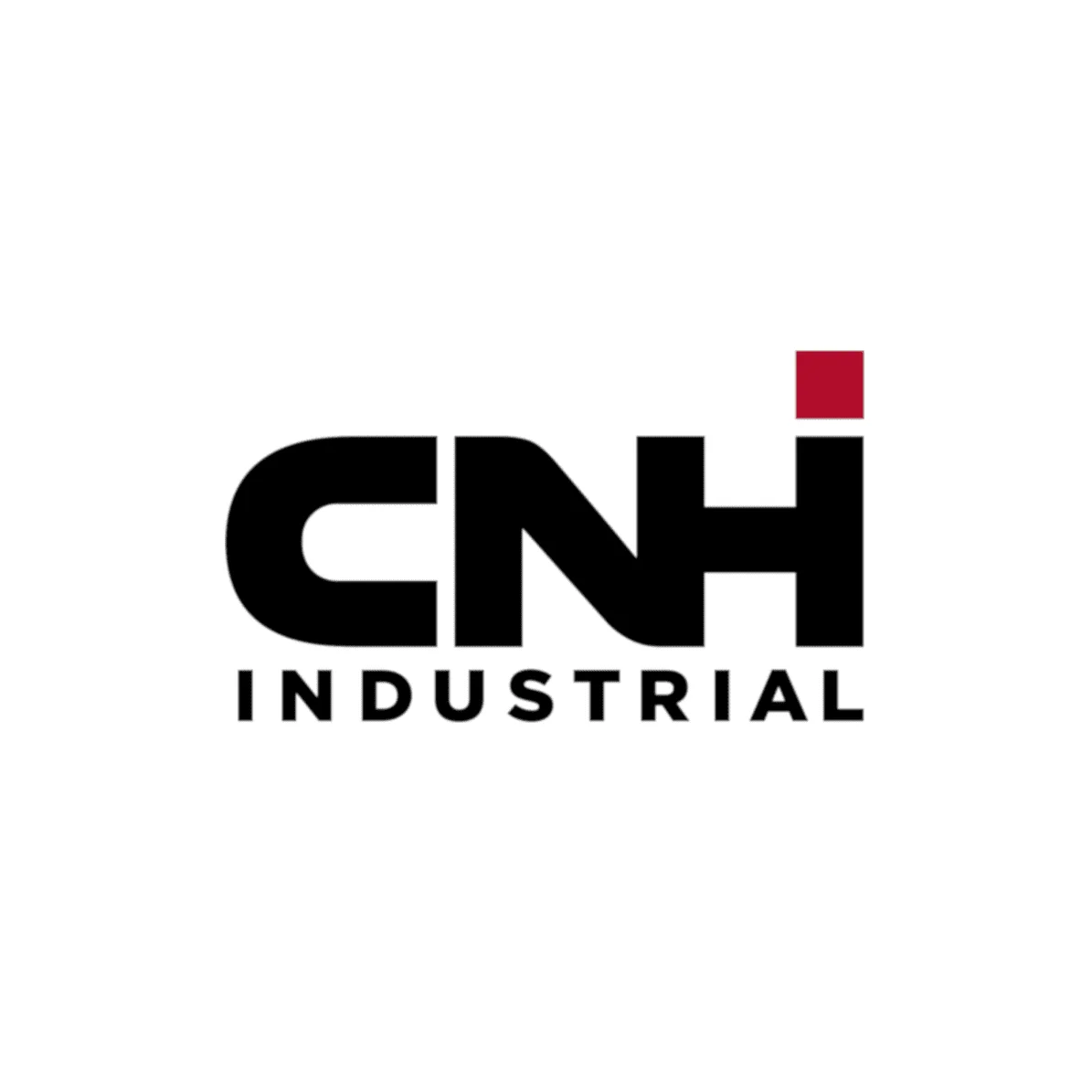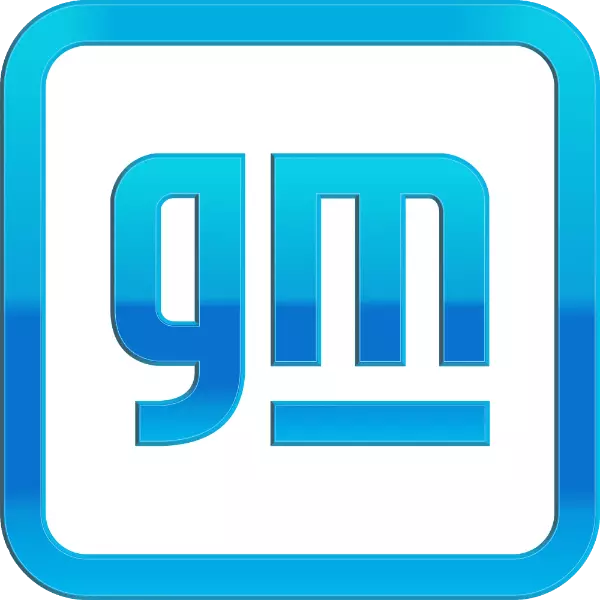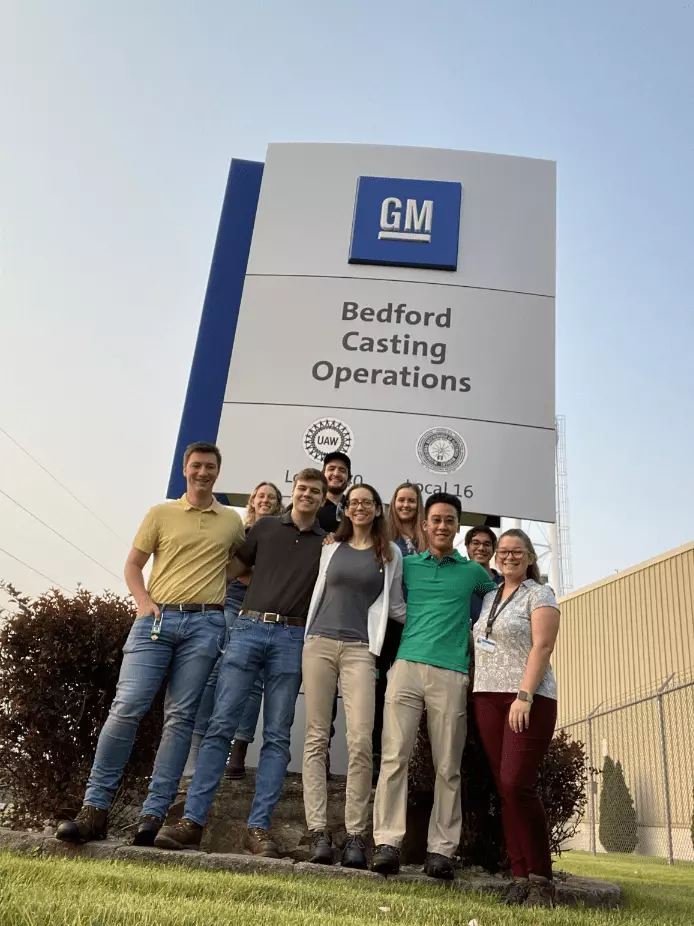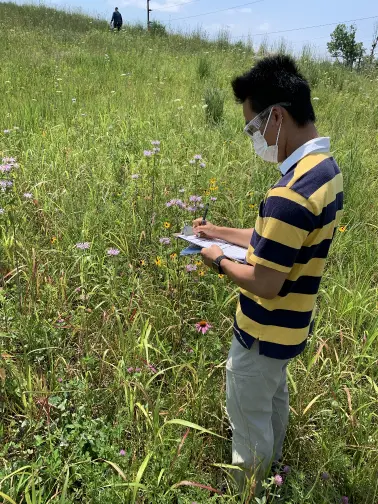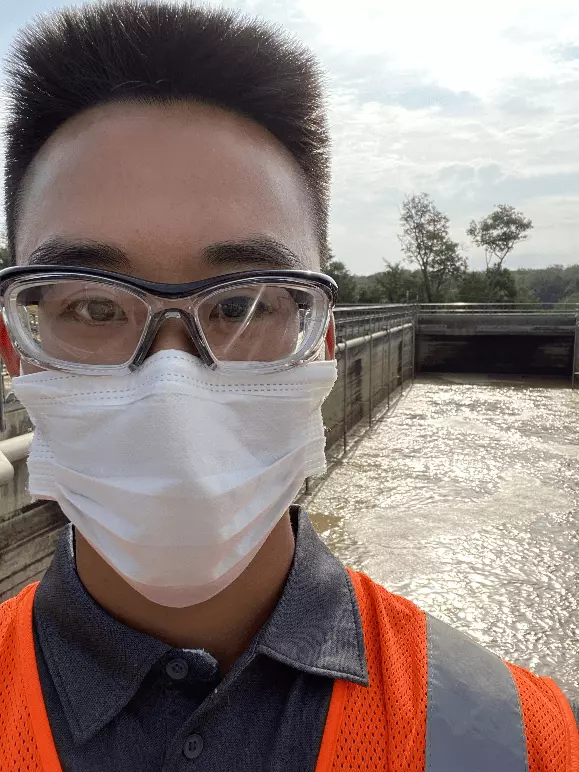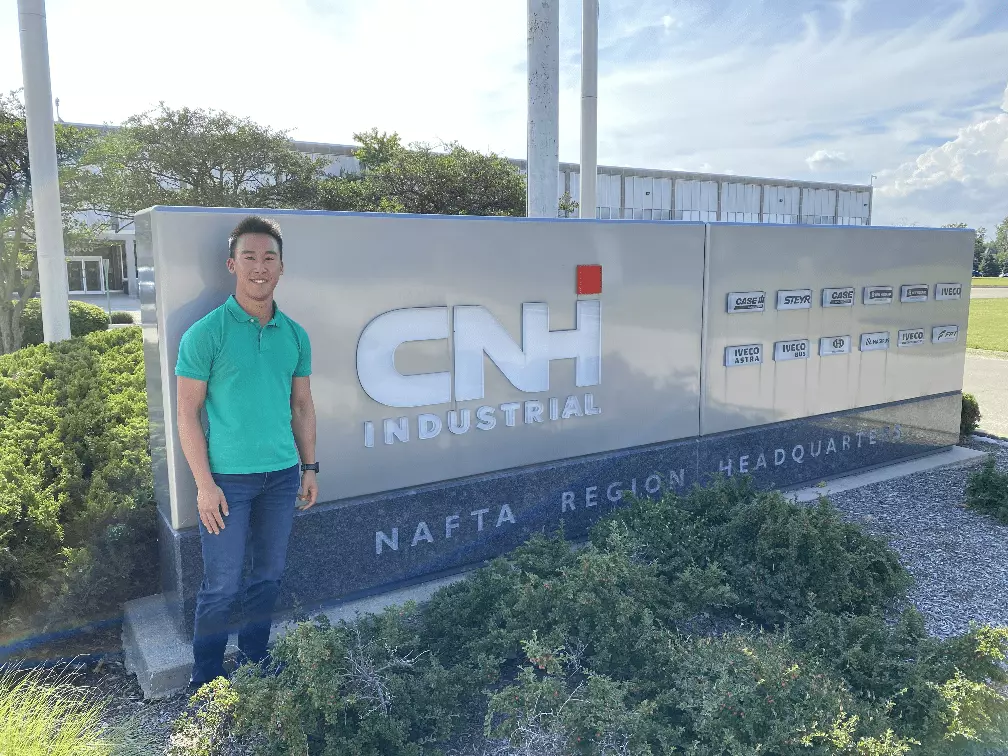
While interning at CNH Industrial's NAFTA Regional Headquarter in Burr Ridge, IL, I led a project to design, prototype,
and test a multi-depth soil moisture and temperature sensing module intended to be mounted on a moving tillage implement, which ultimately resulted in 3 new IP filings. This device has the
potential to generate high-definition 3D maps of soil moisture and soil temperature levels throughout the field, enabling farmers to adjust their operations
accordingly to maximize their yield. With the support of the Product Validation, Autonomous Operations, and New Holland Rapid Prototyping teams as well as my supervisors, I conceptualized
and built the entirety of the sensing module from its electrical circuit and backend software to the ruggedized mechanical design of the
sensor housing.
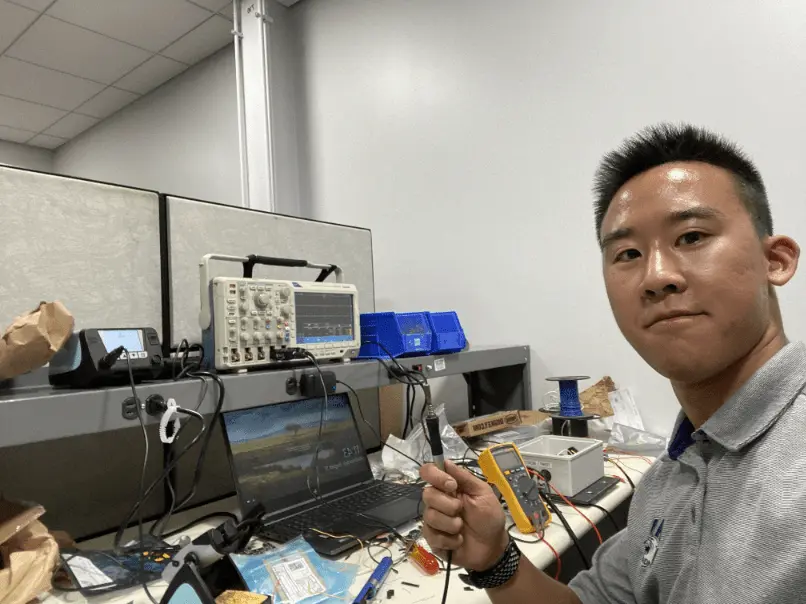
In the process of creating the electrical system of the sensing module, I dove deep into both analog and digital electronics and designed custom printed
circuit boards to minaturize the final circuit layout. Through modifying and debugging the sensors, I gained hands-on experience designing
sensors from fundamental physics, and improved my understanding of high frequency signals processing.
On the software side, I utilized C++ and Python to convert raw sensor values into CAN messages that the data logger in the tractor cabin can receive, which
sharpened my skills in digital communication protocols (CAN, I2C), data acquisition/processing, and embedded programming with microcontrollers in general.
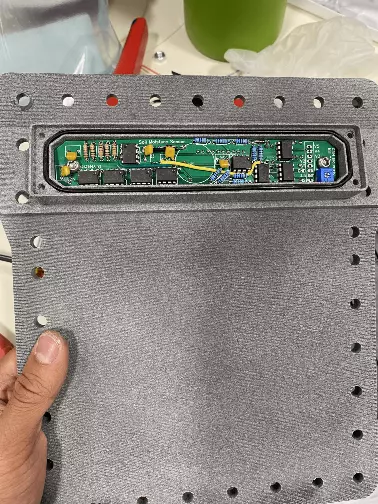
To design the housing of the module, I took into account the stress and torque the sensors experience as they cut through soil at high speed, and
used Creo Parametric to create all the 3D models and dimensioned drawings necessary to manufacture the device. This integrated my knowledge of geometric dimensioning
and tolerancing (GD&T), and gave me first-hand experience with sheet metal design and creating heavy-duty waterproof enclosures. I operated a stereolithography (SLA) 3D
printer as well as a variety of metal working tools to construct the housing out of steel and resin. After evaluating the initial prototype performance, I further improved
the housing's rigidity by manufacturing it out of glass-infused nylon with a selective laser sintering (SLS) printer.
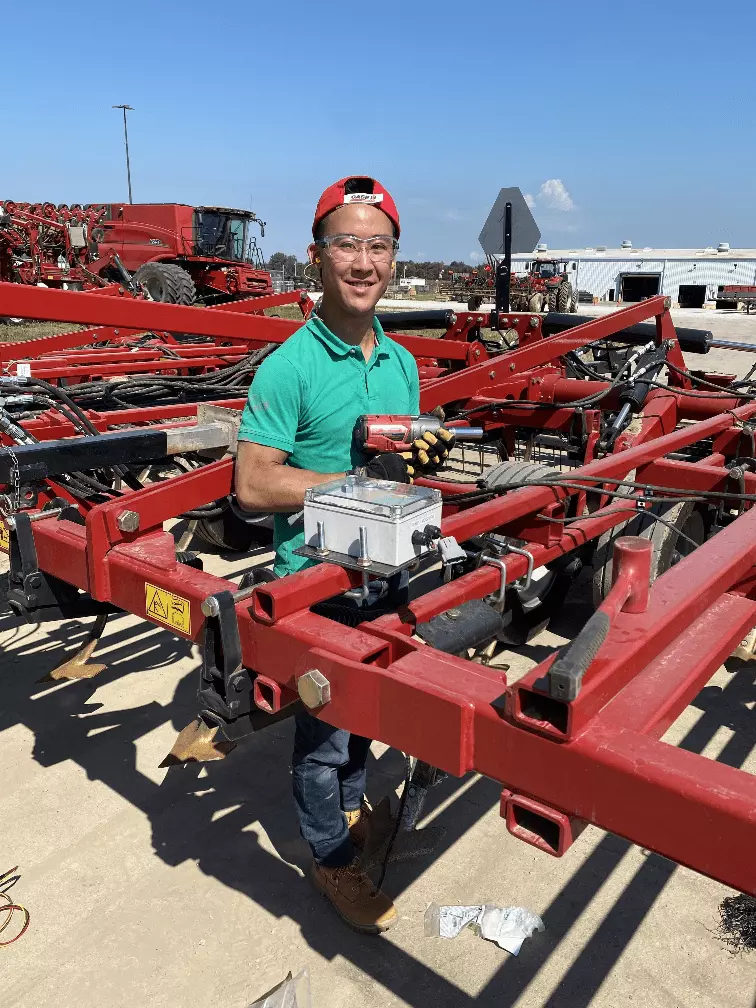
My time at CNH Industrial enabled me to integrate the entirety of my engineering skillset (software, electronics, mechanical) into innovating new solutions in
the field of precision agriculture and automation. I gained exposure to corporate R&D, and created value for the company by taking a holistic approach for this complex problem.
CNH inspired me to go beyond the obvious and onto the cutting edge, where I hope to remain to continue inventing new technologies that address the ever-increasing challenges associated
with climate change.
